Coronation 12 May 1191 House Jimenez dynasty Name Berengaria Navarre | ||
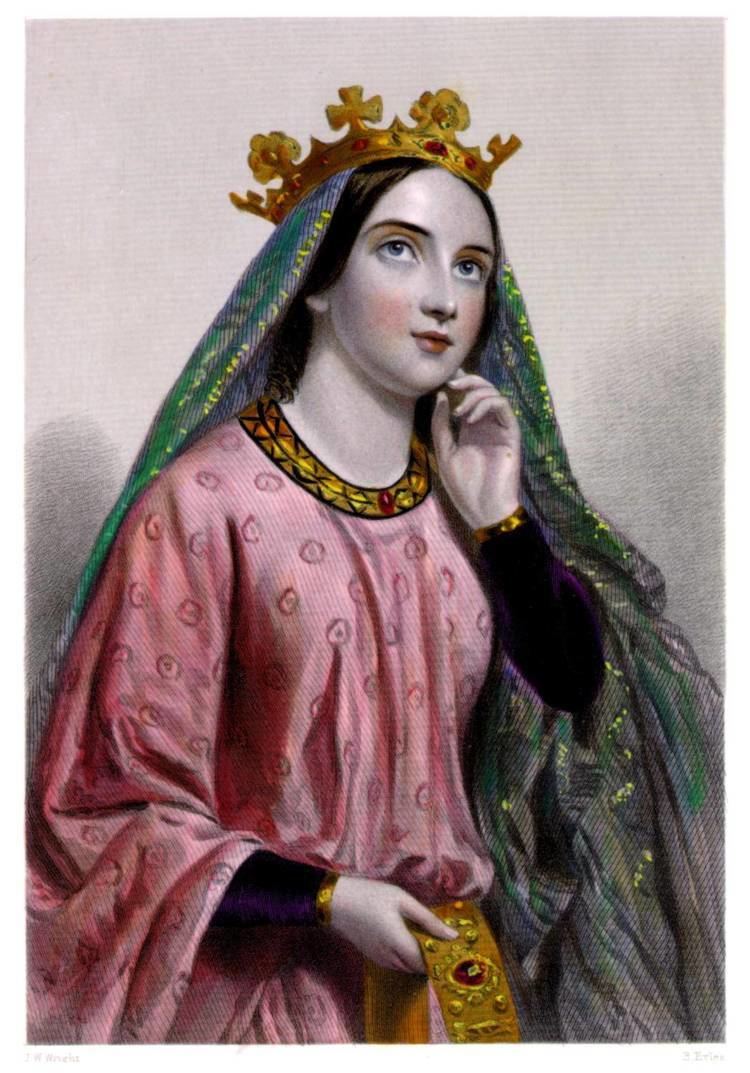 | ||
Tenure 12 May 1191 – 6 April 1199 Parents Sancha of Castile, Queen of Navarre, Sancho VI of Navarre Grandparents Berengaria of Barcelona, Alfonso VII of Leon and Castile, Garcia Ramirez of Navarre, Margaret of L'Aigle Similar People Richard I of England, Sancho VI of Navarre, Eleanor of Aquitaine, Henry II of England, Joan of England - Queen of | ||
The face of berengaria of navarre artistic reconstruction
Berengaria of Navarre (Basque: Berengela, Spanish: Berenguela, French: Bérengère; c. 1165–1170 – 23 December 1230) was Queen of England as the wife of Richard I of England. She was the eldest daughter of Sancho VI of Navarre and Sancha of Castile. As is the case with many of the medieval English queens, relatively little is known of her life.
Contents
- The face of berengaria of navarre artistic reconstruction
- Medieval queens of england berengaria of navarre
- Early years
- Marriage
- Queen consort
- Queen dowager
- Historical significance
- In fiction
- On the stage
- In media
- Legacy
- References
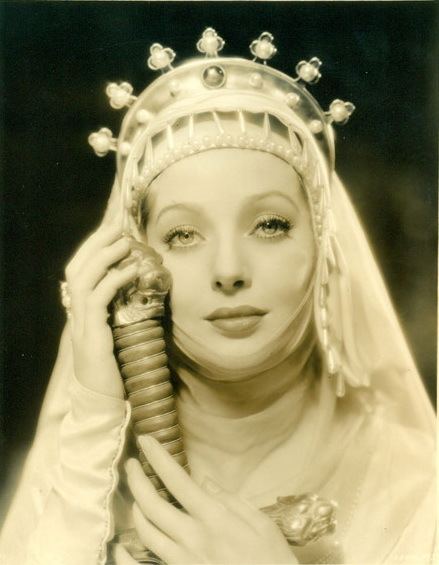
Traditionally known as "the only English queen never to set foot in the country", she may in fact have visited the country after her husband's death, but did not do so before, nor did she see much of him during her marriage, which was childless. She did (unusually for the wife of a Crusader) accompany him on the start of the Third Crusade, but mostly lived in his French possessions, where she gave generously to the Church, despite difficulties in collecting the pension she was due from Richard's brother and successor John after she became a widow.
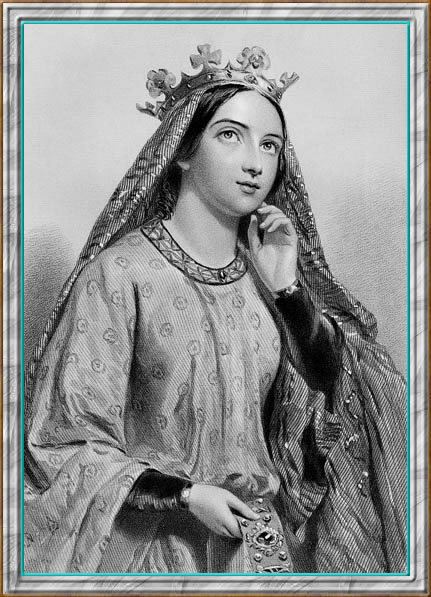
Medieval queens of england berengaria of navarre
Early years
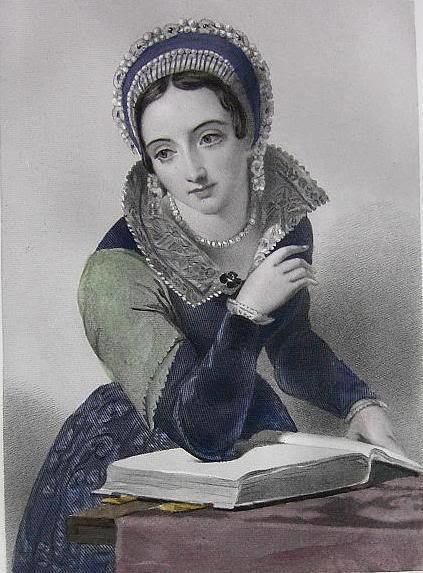
In 1185, Berengaria was given the fief of Monreal by her father. Eleanor of Aquitaine promoted the engagement of Berengaria to her son, Richard the Lionheart. An alliance with Navarre meant protection for the southern borders of Eleanor's Duchy of Aquitaine, and helped create better relations with neighbouring Castile whose queen was Eleanor, a sister of Richard. Also, Navarre had assimilated the troubadour culture of Aquitaine and Berengaria's reputation was unbesmirched. It seems that Berengaria and Richard did in fact meet once, years before their marriage, and writers have claimed that there was an attraction between them at that time.
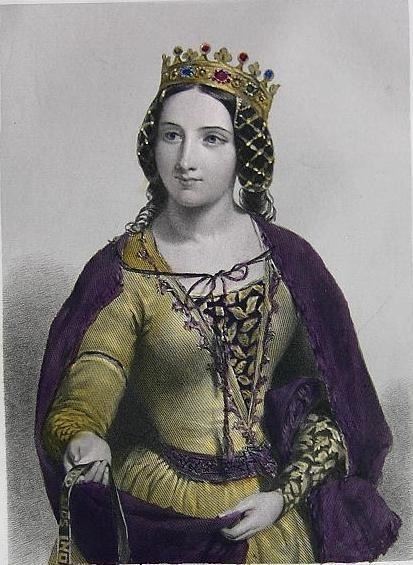
In 1190, Eleanor met Sancho in Pamplona and he hosted a banquet in the Royal Palace of Olite in her honour. The betrothal could not be celebrated openly, for Richard had been betrothed for many years to Alys, sister of King Philip II of France. Richard terminated his betrothal to Alys in 1190 while at Messina. It has been suggested that Alys had become the mistress of Richard's own father, Henry II of England, and possibly the mother of an illegitimate child; a marriage between Richard and Alys would therefore have been technically impossible for religious reasons of affinity.
Marriage
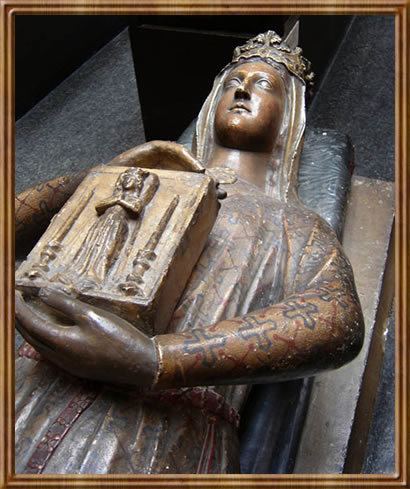
Richard had Berengaria brought to him by his mother Eleanor of Aquitaine. Since Richard was already on the Third Crusade, having wasted no time in setting off after his coronation, the two women had a long and difficult journey to catch up with him. They arrived at Messina in Sicily during Lent (when the marriage could not take place) in 1191 and were joined by Richard's sister Joan, the widowed Queen of Sicily. The two women became good friends and Berengaria was left in Joan's custody. En route to the Holy Land, the ship carrying Berengaria and Joan ran aground off the coast of Cyprus, and they were threatened by the island's ruler, Isaac Comnenus. Richard came to their rescue, captured the island, and overthrew Comnenus. Berengaria married Richard the Lionheart on 12 May 1191, in the Chapel of St George at Limassol on Cyprus, and was crowned the same day by the Archbishop of Bordeaux and Bishops of Évreux and Bayonne.
Queen consort
Whether the marriage was ever even consummated is a matter for conjecture. In any case, Richard certainly took his new wife with him for the first part of the Third Crusade. This was unusual, although Richard's mother and Berengaria's predecessor, Eleanor of Aquitaine, had, when Queen of France, been with her husband throughout the Second Crusade, though the stresses and disputes of the unsuccessful campaign did serious damage to their relationship. Berengaria returned well before Richard left the Holy Land; on his return to Europe he was captured and imprisoned. Berengaria remained in Europe, based at Beaufort-en-Vallée, attempting to raise money for his ransom. After his release, Richard returned to England and was not joined by his wife.
When Richard returned to England, he had to regain all the territory that had either been lost by his brother John or taken by King Philip of France. His focus was on his kingdom, not his queen. King Richard was ordered by Pope Celestine III to reunite with Queen Berengaria and to show fidelity to her in the future. Richard, now mostly spending his time in France, obeyed and took Berengaria to church every week thereafter. When he died in 1199, she was greatly distressed, perhaps more so at being deliberately overlooked as Queen of England and Cyprus. Some historians believe that Berengaria honestly loved her husband, while Richard's feelings for her were merely formal, as the marriage was a political rather than a romantic union.
Queen dowager
Berengaria never visited England during King Richard's lifetime; during the entirety of their marriage, Richard spent less than six months in England. There is evidence, however, that she may have done so in the years following his death. The traditional description of her as "the only English queen never to set foot in the country" would still be literally true, as she did not visit England during the time she was Richard's consort. She certainly sent envoys to England several times, mainly to inquire about the pension she was due as dowager queen and Richard's widow, which King John failed to pay. Although Queen Eleanor intervened and Pope Innocent III threatened him with an interdict if he did not pay Berengaria what was due, King John still owed her more than £4000 when he died. During the reign of his son Henry III of England, however, her payments were made as they were supposed to be.
Berengaria eventually settled in Le Mans, one of her dower properties. She was a benefactress of L'Épau Abbey in Le Mans, entered the conventual life, and was buried in the abbey. In 1240, Archbishop Rodrigo Jimenez de Rada of Toledo wrote of Berengaria that she lived, "as a most praiseworthy widow and stayed for the most part in the city of Le Mans, which she held as part of her marriage dower, devoting herself to almsgiving, prayer and good works, witnessing as an example to all women of chastity and religion and in the same city she came to the end of her days with a happy death." A skeleton thought to be hers was rediscovered in 1960 during the restoration of the abbey. These remains are preserved beneath the stone effigy of the queen, which is now to be found in the chapter house of the abbey.
Historical significance
Historian Ann Trindade says about Berengaria that she “is remembered as a benefactor of several…religious congregations and institutions and was regarded as a model of piety." She also states that “Berengaria’s life illustrates very clearly the constraints under which medieval women, even aristocratic ones, were obliged to live.” Berengaria's struggles are a good example of what many women faced in the thirteenth century, and “those long years of widowhood reveal, on the basis of record, a strong courageous woman, independent, solitary, battling against difficult political and economic circumstances, with little interest in the trappings of courtly existence, sustained by her faith in Christ and her loyalty to the See of St Peter, not afraid to assert her rights against powerful enemies, both lay and clerical.”
In fiction
Novels featuring Berengaria include:
On the stage
In media
The 1935 film The Crusades, starring Loretta Young and Henry Wilcoxon, tells a fictionalized story of Richard and Berengaria's marriage. The 1954 historical drama film King Richard and the Crusaders, starring George Sanders and Paula Raymond, tells that Richard and Berengaria are married and on the Third Crusade. The 1960s' British television series Richard the Lionheart prominently features their marriage, she is played by Sheila Whittingham. In the 1923 film Richard the Lion-Hearted, Queen Berengaria is played by Kathleen Clifford. All versions were highly romanticized and are not reliable sources of information about the queen. Berengaria of Navarre was played by Zoë Wanamaker in the BBC 13-part drama The Devil's Crown (1978).
Queen Berengaria is mentioned in the American science fiction action film Predator 2 (1990). When the predator is in the bathroom of an unsuspecting elderly woman, a question can be heard about her in the background on an episode of the American television game show Jeopardy!
Legacy
The early 20th-century Cunard passenger liner RMS Berengaria was named in her honour, the first Cunard ship to be named for a British queen.
